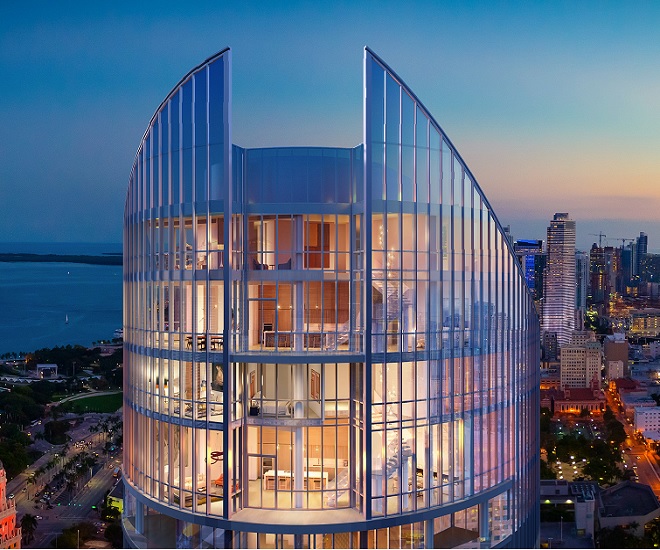Luxpresso – 
What is Luxury?
A manufactured product attains the status of a ‘luxury good’ as a result of its remarkably superior design, heritage, quality, durability or performance. It is important to distinguish luxury goods from mass brands and ‘heritage and geographical origin’ of a brand is an important qualifier to make luxury goods stand out. Luxury is bound to traditions and cultural heritage with an ability to innovate and set trends. It may represent materialism to many, but also embodies deeper values, excellent craftsmanship and a country’s identity to others. India has had a long tradition of producing and consuming highly exquisite luxurious products since the time of maharajas. These exquisite Indian crafts and skills have a huge potential to transform into profit-making businesses, whilst creating employment for many of our skilled artisans and craftsmen from several parts of the country. Just recently, UNESCO declared the craft of making ‘Jamdani’ saris an intangible cultural heritage. With such global recognition, CII certainly believes that several of our designers such as Sabyasachi Mukherjee and Meera and Muzaffar Ali can create brands of international repute and make a huge mark internationally.
Fine Print
With Foreign Direct Investment (FDI) and international brands entering the Indian market, there is greater competition and improvements in production, technology, supply chain and marketing, which can greatly hone our domestic industry as well. The Indian regulatory structure has seen changes in the last few years with the opening up of FDI. The most recent 100 per cent FDI in single brand retail created interest amongst global brands. However, so far no major investments are being made in the luxury sector. A hindrance, as per the policy is that ‘in respect of proposals involving FDI beyond 51 per cent, sourcing of 30 per cent of the value of goods purchased, be done from India, preferably from micro mall and medium enterprises (MSMEs), village and cottage industries, artisans and craftsmen, in all sectors’. Even though we look forth to brands sourcing from or setting up their manufacturing base here, for certain luxury brands, it is not feasible, as their identity is their geographical origin. For instance, an Italian brand of shoes, say Canali is considered iconic and luxury as it is ‘Made in Italy’. Hence, to make changes in their current sourcing or manufacturing is not possible for the brands, as they cannot compromise on their USP. In case of multi-brand retail, though the government has enabled 51 per cent FDI; the policy is an enabling policy only and the State Governments/ Union Territories are free to take their own decisions in regard to implementation of the policy. Therefore, retail sales outlets may be set up in those States/ Union Territories which have agreed, or agree in future, to allow FDI in MBRT (multi brand retail trading) under this policy.
Game Plan
CII’s vision has been to assemble the best of creative and business minds to generate an effective roadmap to propel India’s emerging luxury retail sector to the next level. The role of policymakers is critical to the future of this industry, which has been a significant wealth multiplier in economies around the world, not just in the West where many of the luxury brands originate, but in key new economies such as Singapore, Dubai, Hong Kongand Brazil. As per the Bain & Company –Altagamma 2012 Luxury Goods Worldwide Market Study, tourism and luxury spending have become tightly intertwined. Tourists now account for 40 per cent of global luxury spending. International high streets such as New York’s Madison Avenue and Fifth Avenue, Beverly Hills’ Rodeo Drive, Paris’ Champs-Élysées and Avenue Montaigne, London’s Bond and Sloane Street, and Singapore’s Orchard Road are great tourist attractions and popular shopping destinations with presence of several luxury brands, thereby, promoting luxury tourism in the country.
Local Flavour
In India, too, the reservations on luxury purchases are clearly declining, with price parity with Dubai/ Singapore being very clearly attempted and communicated. The need for Indianisation is being realised by players and some efforts are visible in apparel, watches and cars. However, several challenges still remain. There are challenges around infrastructure, primarily the availability of retail space with only one major developer successfully creating a luxury mall. Traditionally, brands have stuck to five star hotels, but there exists a problem of fewer footfalls. India has a long way to go before we have a high street of our own. Apart from this, education, skilling and talent also remain a challenge. The CII-ET Dialogue on Luxury has brought together national and international stakeholders from all related sectors, be it apparel and accessories, watches and jewellery, automobiles, real estate, tourism and travel, for a valuable industry interface, reaffirming the interest of global brands to engage with India and its growing consumers, most of whom are currently spending more than 1.5 billion USD in purchases overseas*.The thrust of this initiative is therefore to create conditions for growth of this industry within our own shores, and get a significant percentage of this spending to enrich our own urban centres and microeconomies. The above are but some examples where their track record proves without doubt that building stellar retail destinations for top global brands complements and supplements the growth of infrastructure, tourism, construction, retail industries amongst others. This as the potential of bringing about an inclusive growth through skilling and employment, and trickle- down effect through higher media and advertising spends etc. This can contribute high revenues to the exchequer, creating an irreversible economic multiplier effect that cascades downwards to benefit all strata of society. It is thus, imperative that the ‘luxury industry’ no longer be viewed as purely elitist, but welcomed as a strong economic multiplier that takes everyone along.
Chandrajit Banerjee is director general, CII. *source: Fondazione Altagamma research
(c) Luxpresso – Read entire story .




